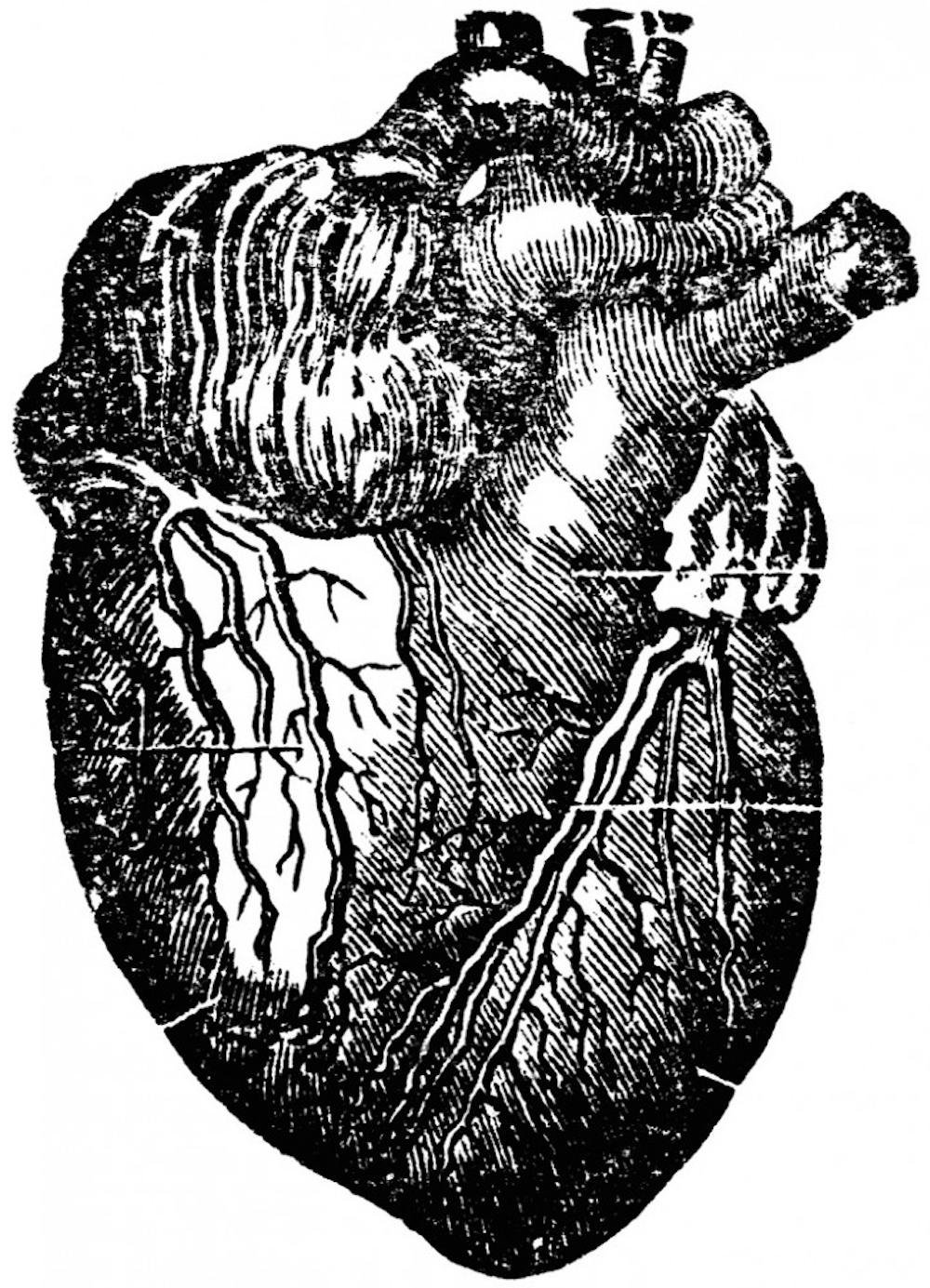February is the shortest and most romantic month of the year. February is also the month of love, and what is the symbol of love? A heart.
Hearts seem to consume the month of February. Walking into Walmart, heart-shaped boxes filled with chocolate line the shelves.
But, Valentine’s Day is not the only heart-related event in the second month.
February is also American Heart Month and has been since 1963.
According to heartmdinstitute.com, Congress originally started the month to raise awareness of cardiovascular diseases, also known as heart disease.
The Centers for Disease Control and Prevention (CDC) reports that heart disease is the leading cause of death for both men and women in America.
To put that into numbers, about 600,000 people die of heart disease in America, according to the CDC.
Basically, if there is a family of four, one of them will die of heart disease.
But, what constitutes heart disease?
The American Heart Association defines heart disease as numerous problems related to plaque build-up on artery walls.
MayoClinic.com explains heart disease as a disease of the blood vessels, heart rhythm problems, heart infections and heart defects present at birth.
Web MD does not give a clear definition, but lists many different types of heart disease.
All of the various heart diseases have different symptoms, but there are a few consistent indicators that should raise a red flag.
The Mayo Clinic lists the following as “at risk” factors for heart disease: Age, sex (gender), family history, smoking, poor diet, high blood pressure, high blood cholesterol, diabetes, obesity, physical inactivity, high stress and poor hygiene.
Sometimes developing heart disease is not always based on lifestyle choices. Sometimes heart disease can be present at birth.
These are called congenital heart defects (CHD). These have nothing to do with the lifestyle of the child or even of the parents, seeing as there is no known cause.
CHDs are one specific type of heart disease and every week in both The Slate newspaper and on theslateonline.com, this column will further discuss different types of heart disease and ways to prevent it.




The Slate welcomes thoughtful discussion on all of our stories, but please keep comments civil and on-topic. Read our full guidelines here.